Finally seeing the fire’s effects firsthand
A month after the Castle Fire (also known as the SQF Complex Fire) moved through the League’s Alder Creek property, staff were recently allowed onto the property to assess the fire impacts on the giant sequoia forest. During this visit, our team observed that the effects on the property were mixed, with some areas burning extremely hot while others didn’t burn at all. While most of the monarch giant sequoia in the grove survived—including the Stagg Tree—a few dozen were killed by the fire.
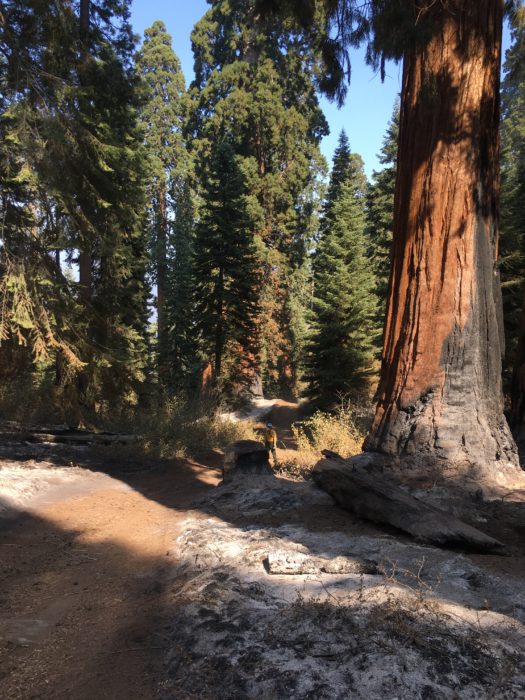
According to fire crews our team spoke with, there were two significant pushes of the fire into Alder Creek on the evening of Sept. 13, affecting the northern and southern portions of the property, where burn severity was highest. Sadly, this area included a number of homes in Sequoia Crest.
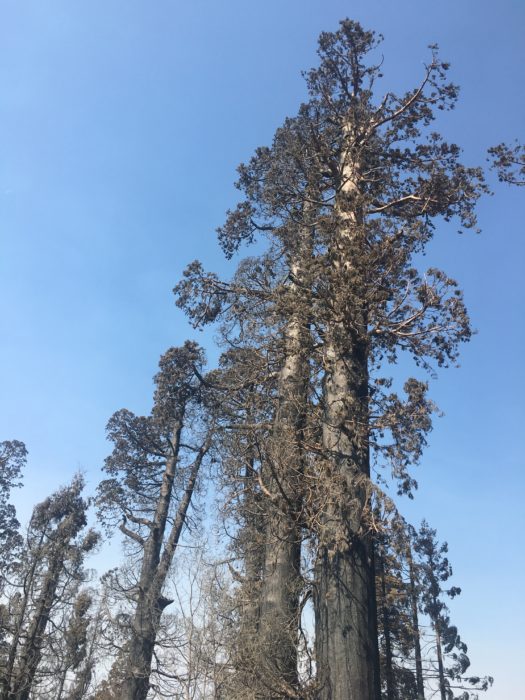
The central part of the property, which includes the Stagg Tree, saw little to no fire at all. Initial counts of dead sequoia were made from the road and during a very limited time in which we had access, so we suspect that when we do a more thorough survey, we will likely find more dead giants.
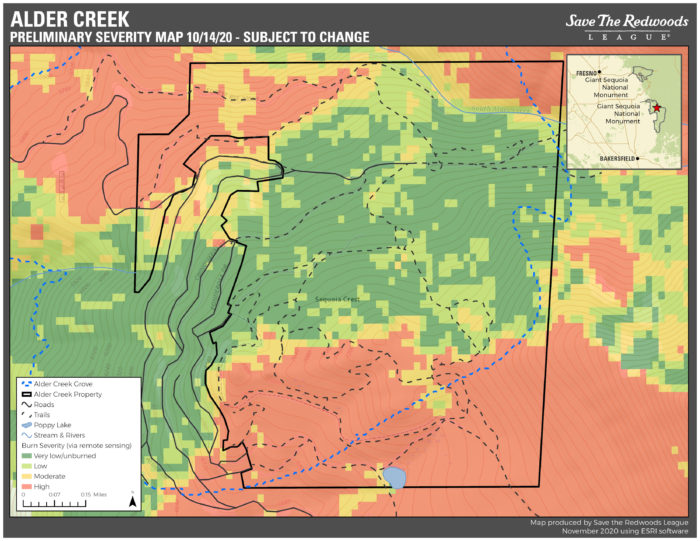
How severely a fire burns is based on the fire behavior triangle – it is the combination of fuels, weather and topography that really control how hot a fire burns, Although we have not done a full assessment to understand the drivers of fire behavior on the Alder Creek property, reports suggest that at least on the southern half of the property, weather played a strong role. This means that better forest management to reduce fuels and restore fire may have helped, but maybe not, given the reports of 60 mph winds. There are—and always have been—some extreme fire weather conditions that trump any fuels treatments. Yet much of the forest does not burn under such extreme conditions, making treatments that reduce tree densities and surface fuels (the woody debris on the forest floor) critical for maintaining the fire-adapted giant sequoia on the landscape. Increasing our commitment to good forest management – restoring fire and sometimes thinning to reduce tree densities, is still the most critical piece of ensuring the protection of these species under this warming climate.

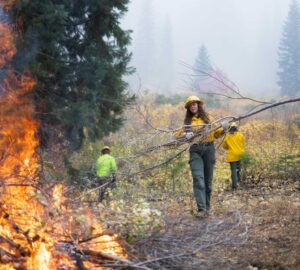
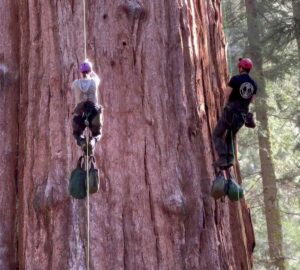

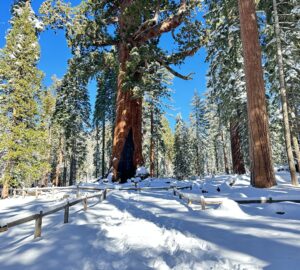
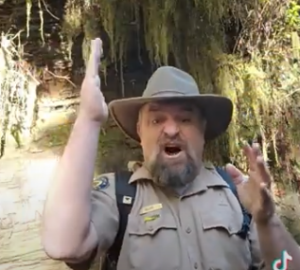
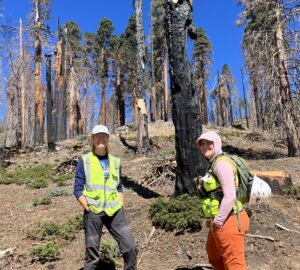
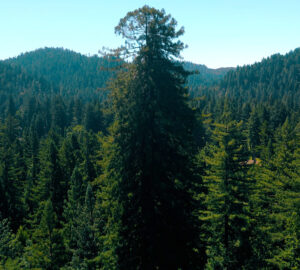
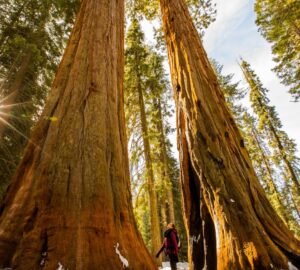
4 Responses to “Update from Alder Creek”
Fred M. Cain
If the intense heat from the fire turned all the needles brown in the crowns of the giant Sequoias, I believe there is at least a chance that the trees might be able to generate new leaf buds from the bark on the smaller branches *IF* they didn’t get too hot.
Although the giants are not as able to do this as are their coastal cousins, they can do it to a point. I have seen this happen on my own trees on my property although the burning of those leaves actually came from extreme cold – not fire. The principle, nevertheless might be the same. A few of those trees with brown needles might green up again.
But if all the branches are black with no leaves then there really is no hope. Some of those blackened trees are actually still alive but will not be able to generate new buds and therefore will probably starve.
Regards,
Fred M. Cain,
Topeka, IN
Ken Blum
What about wildlife in regards to the fire?
John
At leas the fire should have helped the Sequoias pine cones open to start new trees. Am I correct?
Ry
It’s really too bad. Fire suppression is the biggest issue that we have the most control over. I hope the purchase of this property is put to good use in education about this important, pre-Colombian necessity.